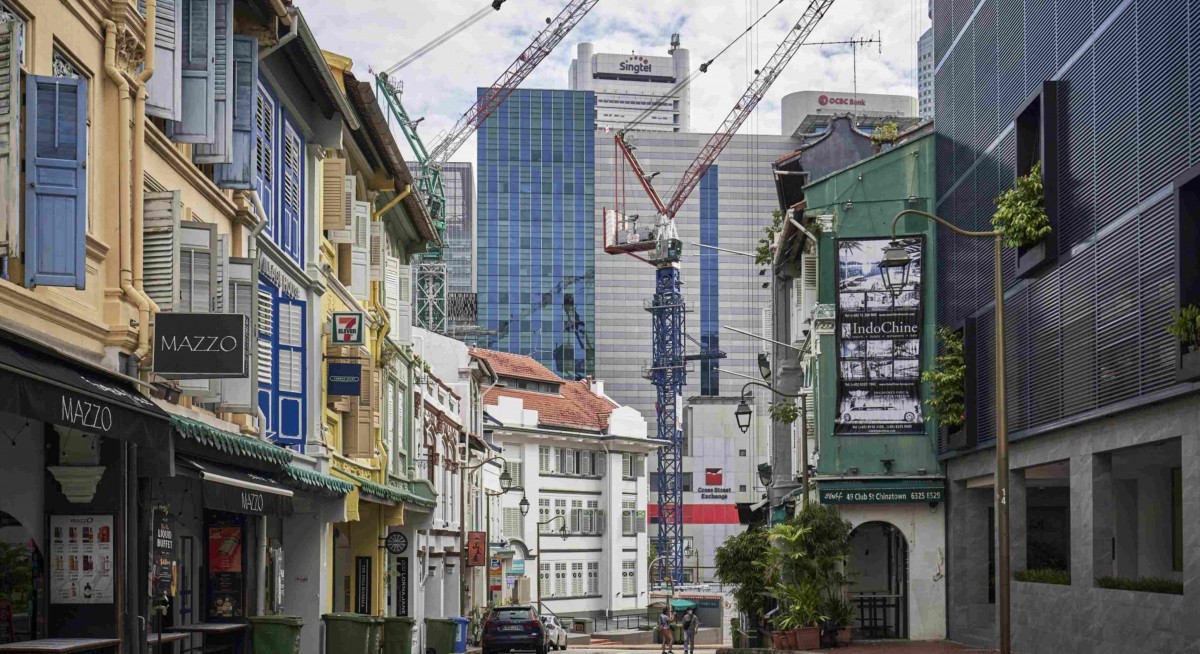Conducted by the Centre for Climate Research Singapore (CCRS) under the Meteorological Service Singapore (MSS), the findings are consistent with that of the Intergovernmental Panel on Climate Change’s (IPCC) 6th Assessment Report (AR6).
Released on Jan 5, V3 follows the previous study (V2) released by CCRS in 2015. V3 “downscales” the projections to higher resolutions of 8km over Southeast Asia and 2km over Singapore.
“Compared to V2, the V3 projections incorporate improved representations and a wider range of physical processes in the global climate system, enabling more accurate simulation of our regional climate on a finer scale,” says CCRS.
Consistent with earlier projections, Singapore is expected to become warmer, with annual mean temperatures rising between 0.6°C and 5°C by end-century.
See also: Brookfied and Malaysia's Solavest announce joint investment framework agreement
Singapore’s annual mean temperatures, which increased at a rate of 0.24°C per decade in the past 40 years, is projected to rise to 0.55°C per decade by end-century under a “high emissions scenario”.
V3 uses three “projected global socio-economic pathways” affecting greenhouse gas emissions to explore the possible range of climate outcomes for Singapore and the region. These are comparable to the shared socio-economic pathways (SSPs) used in the IPCC AR6.
See also: Sembcorp receives letter of award for second solar-energy storage hybrid project in India
The “low-emissions scenario” (SSP1-2.6) reflects a shift to sustainable development pathways with net-zero targets achieved after 2050, while the “high-emissions scenario” (SSP5-8.5) is driven by energy intensive, fossil fuel-based development.
Meanwhile, the “medium-emissions scenario” (SSP2-4.5) takes a “middle-of-the-road” pathway where historical patterns of development continue throughout this century.
Extreme rainfall, dry periods
Singapore’s rainfall is highly variable at seasonal time scales. By the end of the century, total rainfall during the southwest monsoon dry season of June to August could fall “significantly” below the historical low of 314mm, which was recorded in 1997, around once every three years.
For the northeast monsoon wet season of November to January, the corresponding seasonal total rainfall is projected to occasionally exceed the historical high of 1507mm, which was recorded in 2006.
To stay ahead of Singapore and the region’s corporate and economic trends, click here for Latest Section
Meanwhile, extreme daily rainfall is projected to increase across all seasons, with increases ranging from around 6% to 92% in the inter-monsoon months of April and May.
On the other hand, dry spells could be more frequent and last longer, with Singapore experiencing on average one dry spell every 10 to 60 months by the end of the century.
A dry spell is defined as an episode of at least 15 consecutive days with islandwide rainfall of less than 1mm per day.
The mean sea level around Singapore is projected to rise by 0.23m to 1.15m by end-century, and by up to around 2m by 2150 under the “high-emissions scenario”.
This increase from the previous V2 projections, which was around 1m by end-century, is primarily due to a better understanding of the contribution of the melting of the Antarctic ice sheets to global sea levels, says CCRS.
Future steps
MSS says it will be sharing the V3 data with Asean member states “at a later stage”. “In addition, MSS will be collaborating with international entities and the wider scientific community to undertake joint research using V3 data.”
The National Environment Agency (NEA) also launched on Jan 5 the second grant call under the Climate Impacts Science Research (CISR) programme for new research proposals on food security, impacts on human health, water resources, sea level rise and impacts on maritime infrastructure and the transport sector.
In December 2023, eight projects were awarded under the programme’s first grant call. These projects will make use of V3 results to look into areas like the impact of climate change on vector-borne diseases in Singapore and changes in our tropical forest landscape, among others.
CCRS launched the CISR in July 2022 with $23.5 million, funded under Singapore’s Research, Innovation and Enterprise (RIE) 2025 Plan.
Infographics: CCRS



